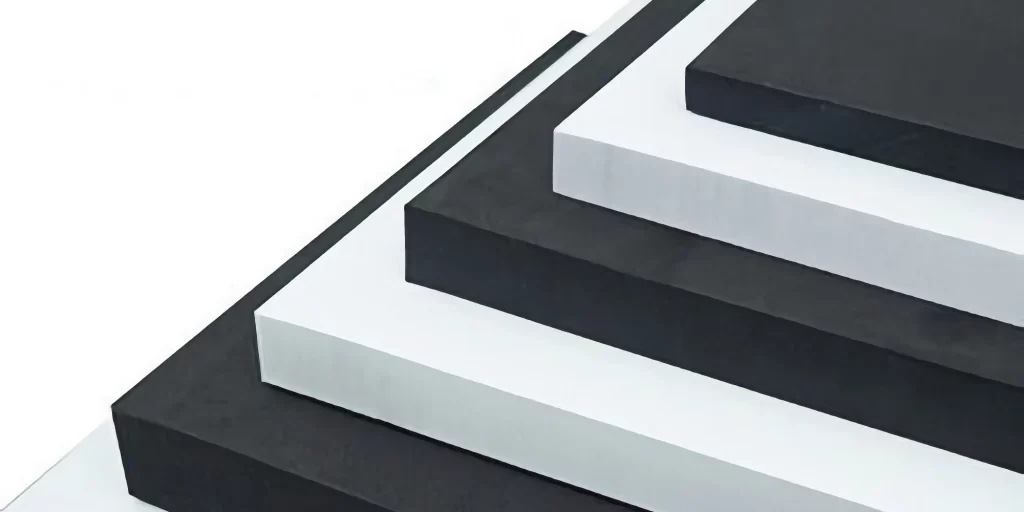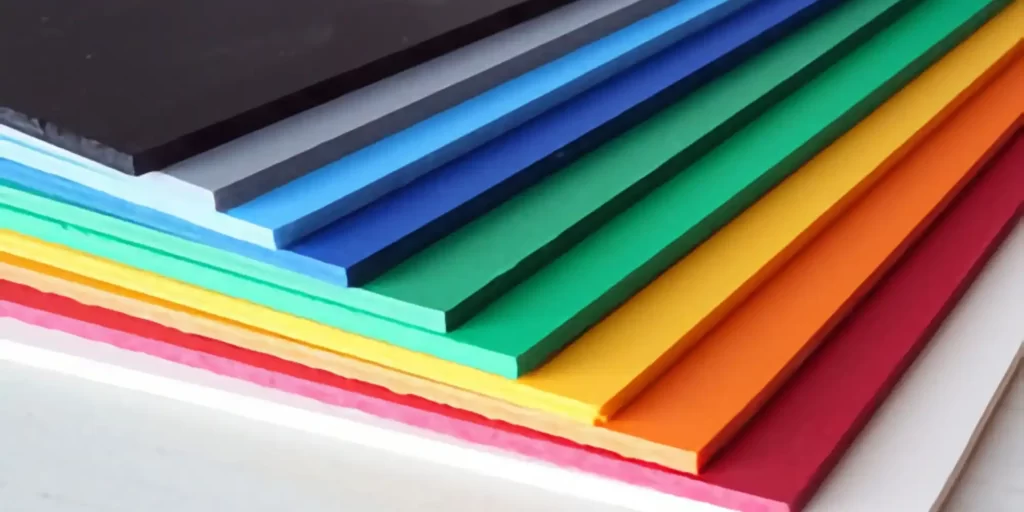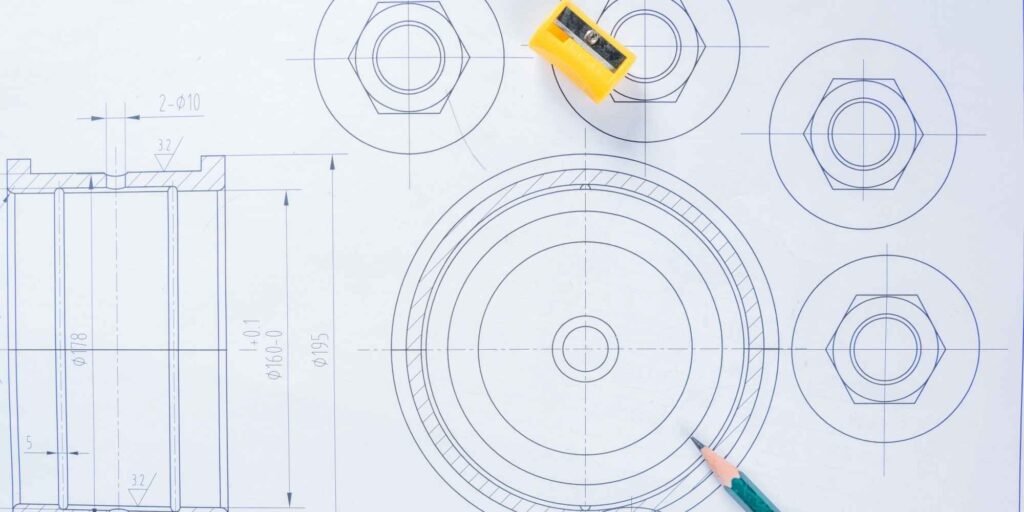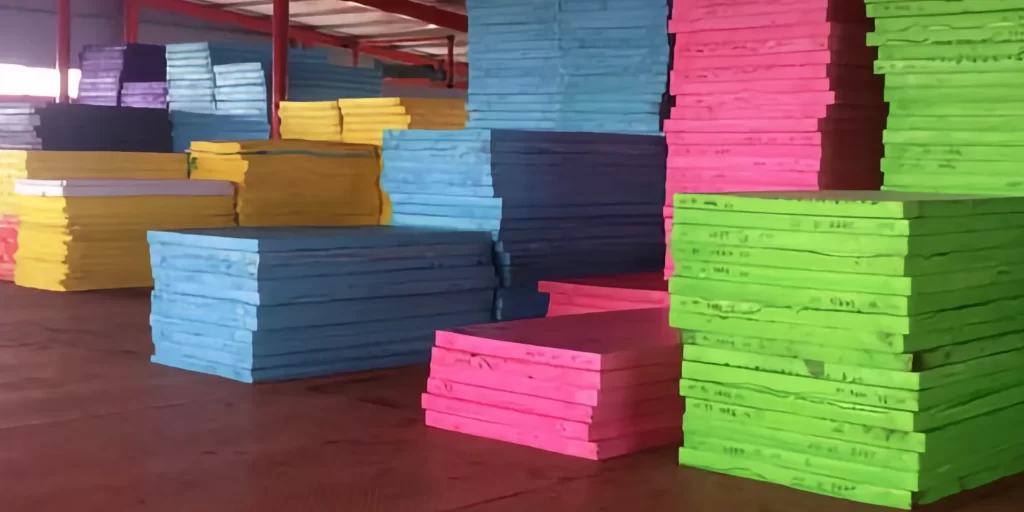The world of prosthetics is one where innovation directly impacts the quality of life. One such innovation is the integration of Ethylene-Vinyl Acetate (EVA) foam into prosthetic devices. Known for its cushioning, flexibility, and lightweight properties, EVA foam is playing a crucial role in enhancing the comfort and functionality of prosthetics. This article delves into the benefits of EVA foam in prosthetics and answers common questions about its application in this life-changing field.
The Benefits of EVA Foam in Prosthetics
EVA foam brings several key advantages to prosthetic devices:
1. Enhanced Comfort:
EVA foam provides excellent cushioning, reducing discomfort and pressure points in prosthetic sockets, making them more comfortable to wear for extended periods.
2. Improved Fit:
Its moldability allows for a more customized fit, accommodating the unique contours of the residual limb, and enhancing overall comfort and stability.
3. Lightweight Durability:
EVA foam is incredibly lightweight, a vital feature in prosthetics to reduce the overall weight of the device, making it easier and more comfortable for the user.
4. Shock Absorption:
The shock-absorbing properties of EVA foam protect the residual limb from impacts and vibrations, providing a smoother experience while walking or moving.
5. Moisture Resistance:
EVA foam’s moisture-resistant qualities help in managing sweat and reducing the risk of skin irritation.
6. Easy to Fabricate and Adjust:
EVA foam can be easily shaped and adjusted, allowing for quick modifications to the prosthetic for a better fit and comfort.
Applications of EVA Foam in Prosthetics
Prosthetic Sockets:
EVA foam is used in the lining of prosthetic sockets, providing a cushioned layer between the limb and the hard outer shell.
Prosthetic Padding:
Additional padding for areas that require extra cushioning can be made from EVA foam, enhancing comfort and reducing pressure sores.
Pediatric Prosthetics:
In pediatric prosthetics, EVA foam is particularly beneficial due to its lightweight and adaptable nature, essential for growing children.
Sports Prosthetics:
EVA foam is used in sports prosthetics, providing athletes with the necessary shock absorption and comfort during high-impact activities.
Advancing Prosthetic Technology with EVA Foam
The integration of EVA foam into prosthetic devices represents a significant advancement in prosthetic technology, focusing on user comfort, mobility, and quality of life.
FAQs About EVA Foam in Prosthetics
Q: How does EVA foam improve the comfort of prosthetics?
A: EVA foam enhances comfort by providing cushioning, reducing pressure points, and offering a more customized fit to the residual limb.
Q: Is EVA foam durable enough for long-term use in prosthetics?
A: Yes, EVA foam is known for its durability and can withstand the daily wear and tear of prosthetic use.
Q: Can EVA foam be used in all types of prosthetics?
A: EVA foam is versatile and can be used in various types of prosthetics, including lower and upper limb devices.
Q: How does EVA foam contribute to the overall weight of the prosthetic?
A: EVA foam is lightweight, contributing minimally to the overall weight of the prosthetic, which is crucial for user comfort and ease of movement.
Q: Are EVA foam prosthetics easy to maintain?
A: Yes, prosthetics with EVA foam are relatively easy to maintain, requiring regular cleaning with mild soap and water.
In conclusion, EVA foam has become an essential component in the field of prosthetics, providing enhanced comfort, a better fit, and improved functionality. Its combination of lightweight design, shock absorption, and adaptability makes it an ideal choice for prosthetic devices. As prosthetic technology continues to evolve, EVA foam-enhanced prosthetics are set to play a pivotal role in improving the lives of individuals who rely on these devices, offering them greater comfort and mobility.






